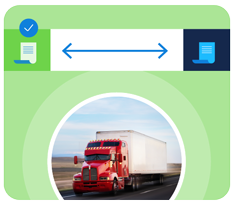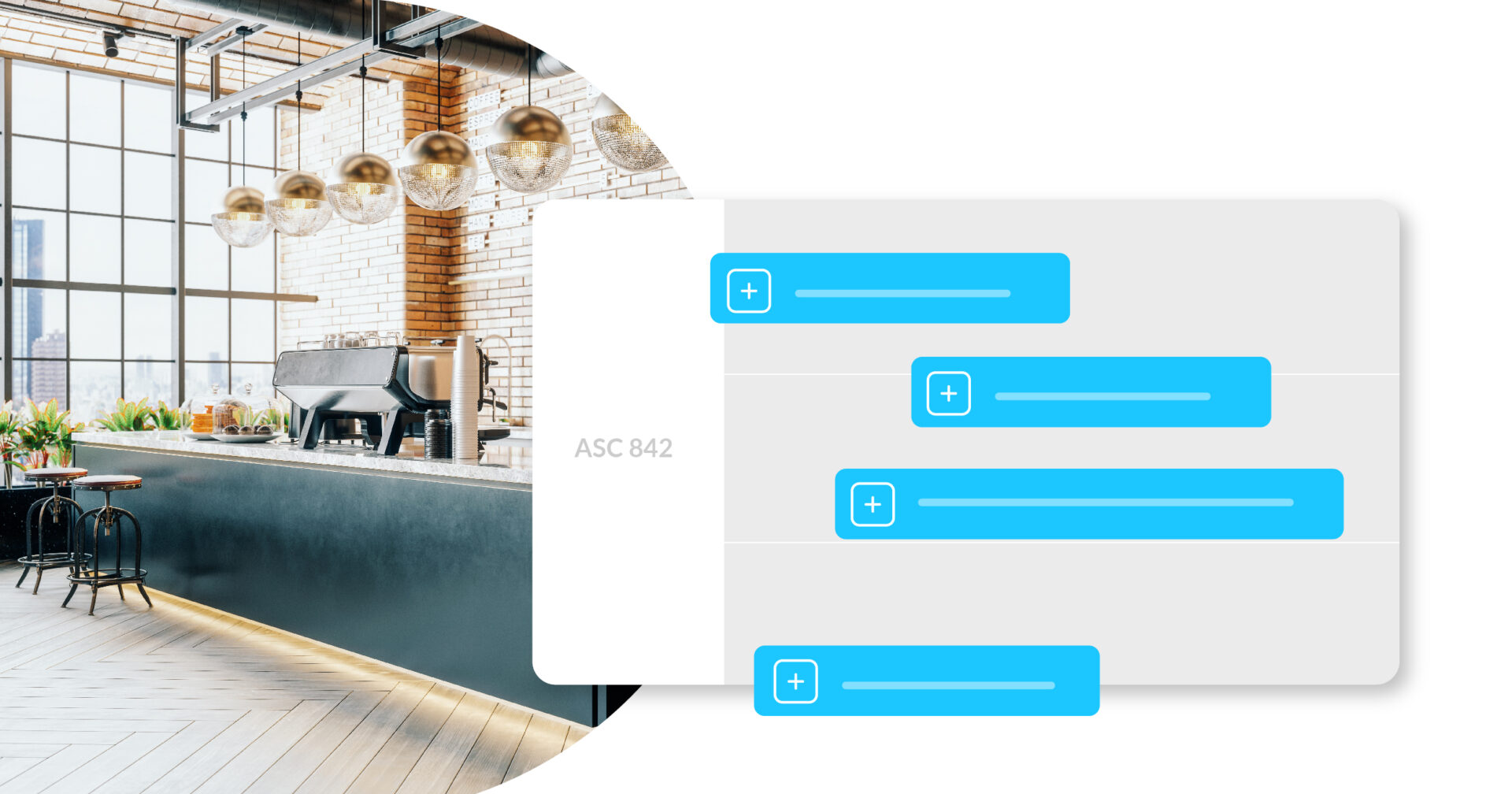Accounting for and administering real estate leases comes with a unique set of challenges, including understanding and staying on top of specialized contract terms. One important term is the tenant improvement allowance (TIA). The TIA is a payment made by a landlord to a tenant to cover the cost of making improvements to a leased property. Under the Accounting Standards Codification (ASC) 842, which became effective in 2019, there are specific rules for how to account for TIA.
Here’s a guide on how to account for TIA under ASC 842.
Determine the nature of the TIA
The first step in accounting for TIA under ASC 842 is to determine the nature of the TIA. TIA can be classified as either a lease incentive or a lease expense.
Lease incentive
A lease incentive is a payment made by the landlord to the tenant to induce the tenant to enter into the lease. This can include things like rent concessions, free rent, or a TIA. Lease incentives are recorded as a reduction of the lease liability and are recognized on a straight-line basis over the lease term.
Lease expense
A lease expense is a payment made by the tenant to the landlord for the use of the leased property. TIA that is considered a lease expense is recorded as an asset and is recognized as an expense on a straight-line basis over the lease term.
Determine the classification of the TIA asset
If the TIA is classified as a lease expense, it should be recorded as an asset on the tenant’s balance sheet. The classification of the TIA asset will depend on the nature of the improvements being made.
Landlord-owned improvements
If the landlord owns the improvements made to the leased property, the TIA should be classified as a tenant improvement asset. This asset is recorded at cost and is amortized on a straight-line basis over the lease term.
Tenant-owned improvements
If the tenant owns the improvements made to the leased property, the TIA should be classified as a tenant improvement asset. This asset is recorded at the lower of the cost or fair value and is amortized on a straight-line basis over the useful life of the improvement.
Record the TIA on the tenant’s books
Once the nature and classification of the TIA have been determined, it is time to record it on the tenant’s books. If the TIA is classified as a lease incentive, it should be recorded as a reduction of the lease liability. If the TIA is classified as a lease expense, it should be recorded as an asset on the balance sheet and recognized as an expense on the income statement.
A common example
Let’s say that a tenant signs a lease for a retail space and the landlord agrees to provide a TIA of $50,000 to cover the cost of building a new storefront. The TIA is classified as a lease expense, and the tenant owns the improvements. In this case, the tenant would record the TIA as a tenant improvement asset on the balance sheet, at the lower of the cost or fair value. The tenant would then recognize the TIA as an expense on the income statement on a straight-line basis over the useful life of the storefront.
What does this mean for you?
Accounting for TIA under ASC 842 requires determining the nature of the TIA and the classification of the TIA asset. If the TIA is classified as a lease incentive, it should be recorded as a reduction of the lease liability. If the TIA is classified as a lease expense, it should be recorded as an asset on the balance sheet and recognized as an expense on the income statement. Following these rules can help ensure that TIA is properly accounted for on the tenant’s books.
If you have additional questions about tenant improvement allowances or compliance with ASC 842, please don’t hesitate to contact us. Additionally, we offer a full real estate lease administration application that is integrated with lease accounting to make managing TIAs easier. Learn more about LeaseAccelerator Real Estate Manager.







